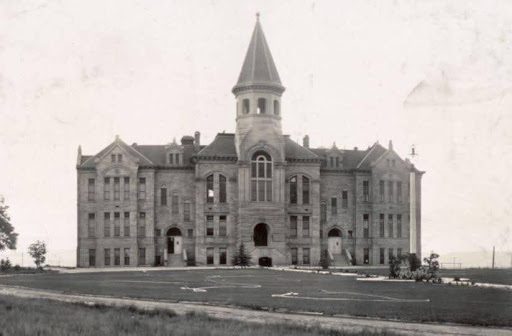
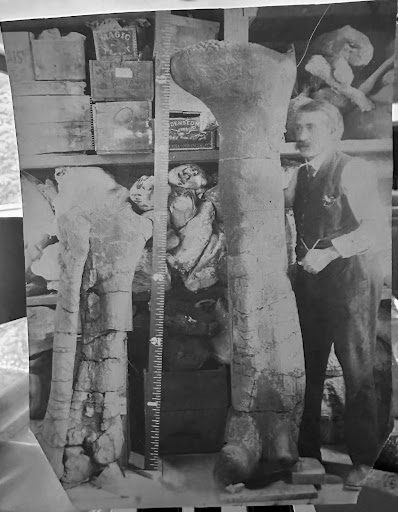
“In the summer of 1907, Mr. Reed, the curator of the Wyoming Museum at the University of Wyoming, Laramie looked to Dr. C.P. Gillette of Entomology Department at the College of Agriculture at Ft. Collins, Colorado to find a man they could depend upon to go with him in hunting fossils in Wyoming, collecting and studying field geology. Fortunately, I was recommended and secured the job for the summer’s collecting season in Wyoming. This man (Mr. Bill Reed) was an old gopher scout, and he knew every foot of the country and was afraid of nothing and made an ideal man to be working for. He was a splendid practical geologist under Dr. (Samuel Wendell) Williston of Chicago, Illinois.”
Clarence Preston Gillette oversaw the department of zoology, entomology, and physiology of Colorado Agriculture College, today the Colorado State University. The Gillette Museum of Arthropod Diversity at Colorado State University is named after Clarence Preston Gillette.
William Harlow Reed was an American fossil collector and pioneer. He served as a curator at the Museum of Geology at the University of Wyoming, Laramie. Among his major finds was a near complete skeleton of a Brontosaurus (Apatosaurus) from Como Bluff. Reed's quarry in Como Bluff is named after him.
“I also found Mr. W.H. Reed was hired previously by one of the paleontologists or fossil hunters and was a well-noted man. He was a man who was robust and very considerate, and a fine fellow to be with. We slept out all summer. Arrow Quiver, Wyoming is the river where we slept most of the time.
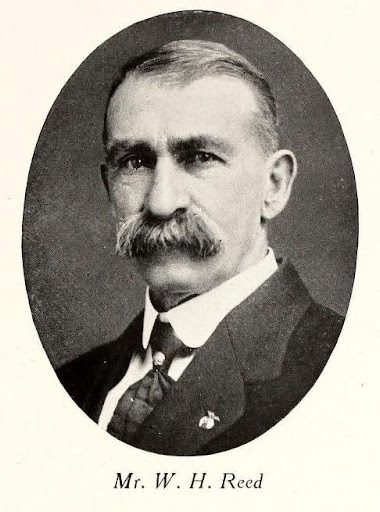
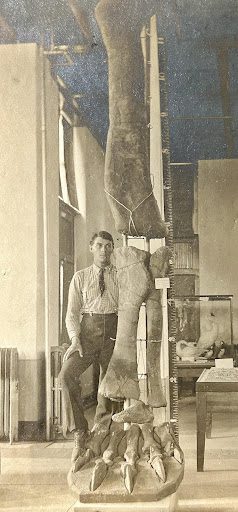
Whenever we would arrive to a point where there was water, the team was unhitched and staked out for feeding….and every evening and mealtime, it was my business to start sagebrush fires and, in the meantime, Mr. Reed would go fishing and bring in fresh fish for supper. This would continue day after day. He loved to fish.
Mr. Reed and myself camped by an old Indian implement factory. Here we found artifacts/specimens of stone; arrow heads, stone chips/fire stone and burnt stone.
We collected many specimens ( OGB also collected insects) —they were not necessarily modern, but some of them were and when we were out over the badlands at Hanover, Wyoming, we were digging together, and Mr. Reed fortunately found a few bones-small bones and a little track away, we found that he had discovered a full-grown skeleton of some kind of a deer that had been lying in there for millions of years.” O.G.B.
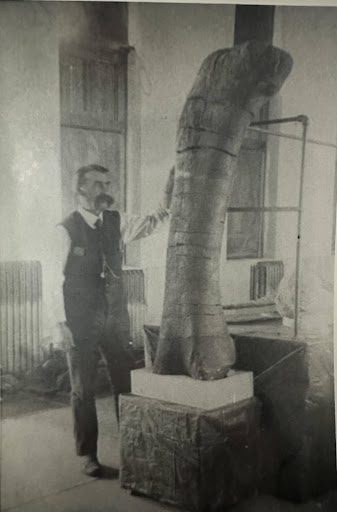
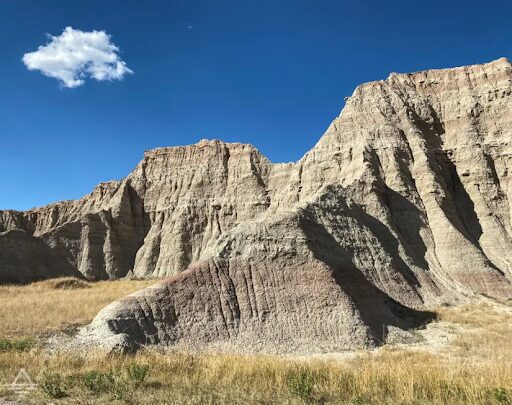
“Upon arrival, he was ready and with a team and a line and so forth. We pulled out to collect fossils. After going a considerable distance, we began to find a few fossils here and there and traveled through southwestern Wyoming quite a bit. Here Dr. Reed had made a yearly collecting in southwest Wyoming like this dinosaur leg bone. The North Platte River flowed thru the east side. Here the large back bones of the dinosaur. The backbones were approximately 20 to 30 inches tall. The shoulder blade we uncovered measured 44 inches. A trip over the hill yielded several Belemnites (Jurassic began 201 million years ago) and Cretaceous (ended about 66 million years ago).”

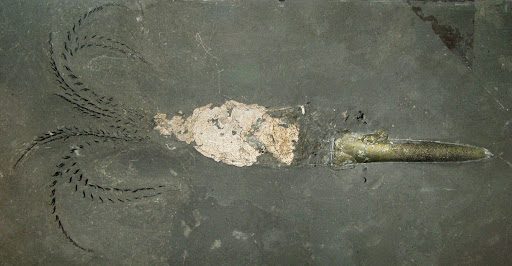
The above image shows a remarkable fossil belemnite, It shows their squidy form and ten equal-sized arms studded with little hooks for holding prey. They probably ate small fish and invertebrates.
Belemnites (from the Greek belemnon, meaning javelin or dart) were squid-like cephalopods that lived in the Jurassic and Cretaceous Periods. You would never guess their original appearance from the fossils above. These are guards or rostra, internal hard parts that look nothing like the external animal. They are often found in large accumulations called “belemnite battlefields” (Doyle and MacDonald, 1993).
“We made a trip to Como Bluff where Mr. Reed told me is where he had buried a find of a mammal skull that he had found in the freshwater Jurassic formations. Later I tried to find the specimen but never did. Later, Reed walked down the bluff and separated the specimen was still there as he hid it.”
“While at Laramie, Mr. Reed took me to a very small town of Centennial just in the mountains. Upon returning to Laramie in September, he took me to the train to Ft. Collins, Colorado.” O.G.B.

